As the new year rolls in, one can expect bigger and better things coming to universities nationwide: Bigger tuition costs and “better” facilities and services. Since 1988, tuition costs have increased by 213 percent. Each year, tuition rises steadily by eight percent. This constant rise of tuition negatively impacts students by increasing the amount of student debt they face after graduating. In fact, the UC Board of Regents will meet next week to discuss the possible increase of undergraduate tuition. The steady increase of tuition has less to do with the level of education an individual one is receiving, but rather with the types of favors and accoutrements the student receives.
The inflation of college tuition started with the passing of the GI Bill in 1944. During this time, the demands for a higher level education blossomed. However, does this increased demand fully explain why tuition costs have risen from just about $2,275 in 1777 to $34,740 in 2018? Yes and no. The demand for higher education fueled the spread of universities, which then sparked a competition for financial gain to expand campuses and build brands which is how college ranking is determined to this day.
In 1910, colleges were ranked by how many scientists were associated with the institution. Now, colleges are ranked more based on their facilities and brand name. So much so, that the university evaluation is called reputational ranking. In fact, much of the ranking of a college does not have to do with the rigor in the classroom, administration policy, or student success. Regardless, researchers have found that many high school students are greatly influenced by the ranking of universities when choosing what colleges to apply to. Today, the ranking of colleges and universities has become just as commercialized as the ranking system itself. Several publishers like Money magazine, The Princeton Review, Forbes, and U.S. News & World Report publish new college rankings annually based off of the university’s reputation and branding.
The advancement of university facilities and services to achieve better rankings and students can be seen right here on the UC San Diego campus. Clicking onto the UCSD webpage, the first image that pops up is graphic art of Geisel Library. While some may argue that Geisel Library symbolizes knowledge and a place for learning, Geisel was likely created to bolster UCSD as a campus that integrates bold and vivid architecture into the school campus. It adds a symbol of uniqueness to the UCSD campus which in turn makes UCSD stand out from other universities. In the end, Geisel boils down to just another facility intended to grow UCSD’s reputation.
The students at UCSD are directly harmed by the materialistic spending competition between universities. An example of UCSD playing into university competition can be seen in Price Center, which opened on April 21, 1989 and cost about $66 million. This in turn increased the student fees to cover the construction and expansion costs. The new Sixth College campus location, the addition of new colleges, RIMAC, and the introduction of Division-I sports are also major changes that UCSD is using to attract more potential applicants and level up in the university ranking scheme. However, these advancements take a financial toll on UCSD and its students. RIMAC was a $33.5 million investment that increased student fees and was a stepping stone for the transition into Division-I sports, which also added to the increase of student fees. These so-called advancements are additions that do not only pertain to UCSD. Many other universities have taken it upon themselves to create an area that is a social hub for students and citizens.
To find the solution for tuition inflation, one must strip the excessive branding and multi-million dollar facilities universities are buried under. Without the layers of commercialism and marketing, universities are at their core: learning institutions. In fact, this is why universities were created in the first place. Universities should not compete on the basis of branding, but rather on how enriching the education is. Universities were created to educate students, which should still be their ultimate goal today. Universities need to focus on academics instead of creating new facilities and branding. This could decrease tuition greatly and make higher education more accessible for students. This competition between universities has left universities stained with corporate models inside of what should be learning facilities. In fact, Richard Arum, author of “Academically Adrift,” speaks about how classroom settings closely resemble an atmosphere where students feel like consumers.
While some may argue that universities need to grow with the demand for higher education, that does not mean that the tuition costs need to increase. By changing the way universities are ranked, the issue of tuition inflation can be resolved. University rankings need to be based on student success, not branding and unnecessary facilities. Student success could be measured by student retention, GPA, the percentage of undergraduates graduating, the statistics of undergraduates pursuing graduate school, or the statistics of undergraduates getting a job right out of college. Ranking universities on branding and facilities illustrates an inaccurate depiction of what type of success a student will experience during their time in college. If publishers of university rankings changed the ranking system from branding and marketing to student success, then universities will realize it is not about the millions, if not billions, of dollars they spend to try and upgrade the campus. It is about the type of education the university can offer the student.
Art by Anthony Tran.




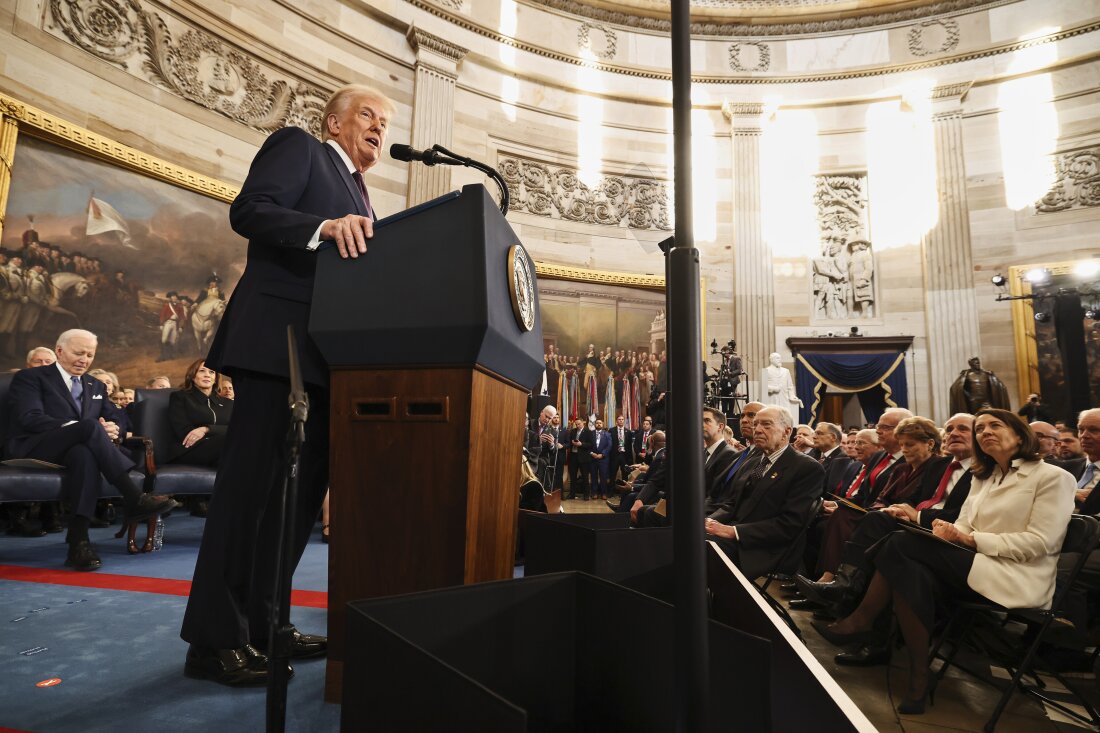
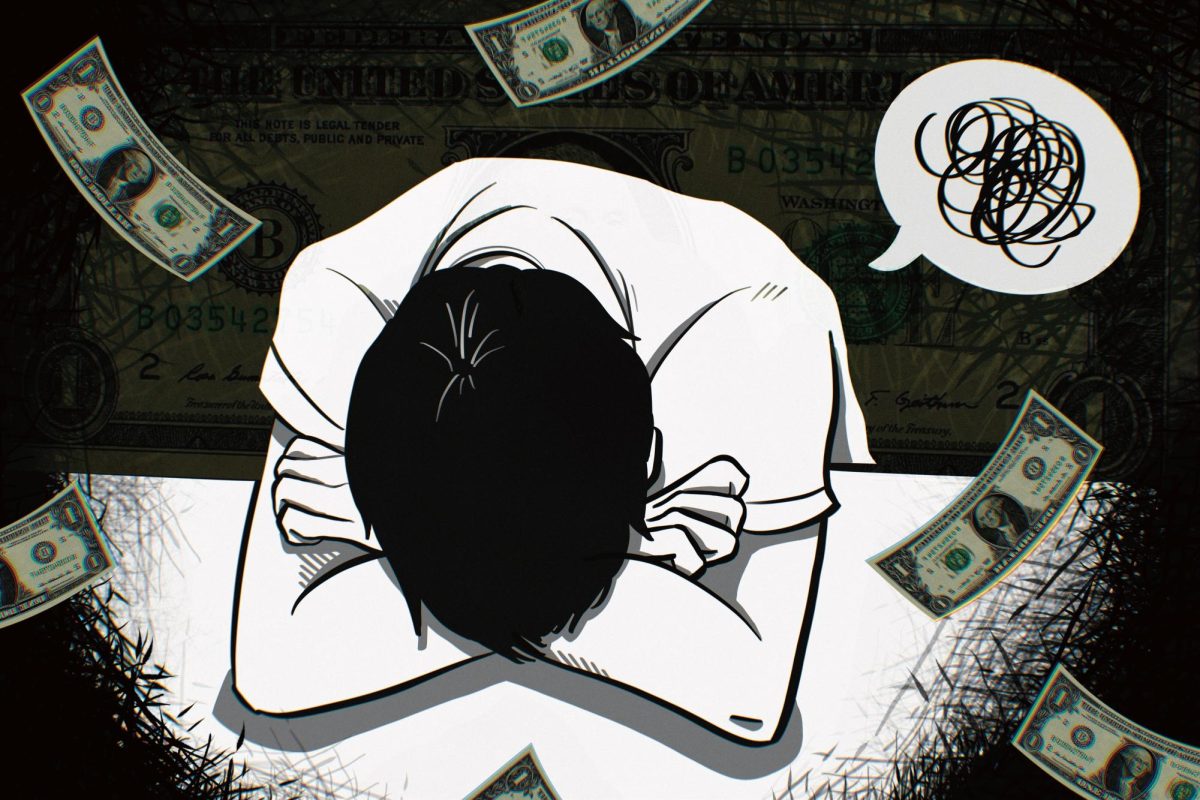

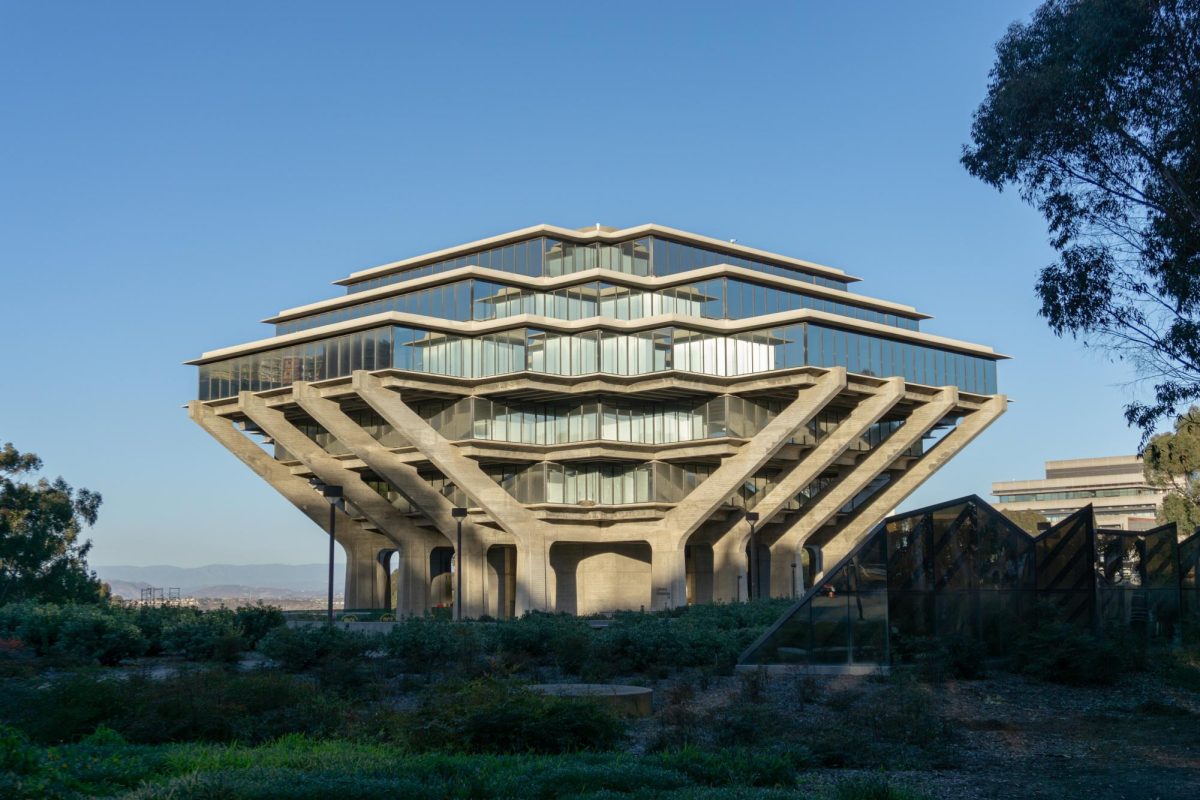






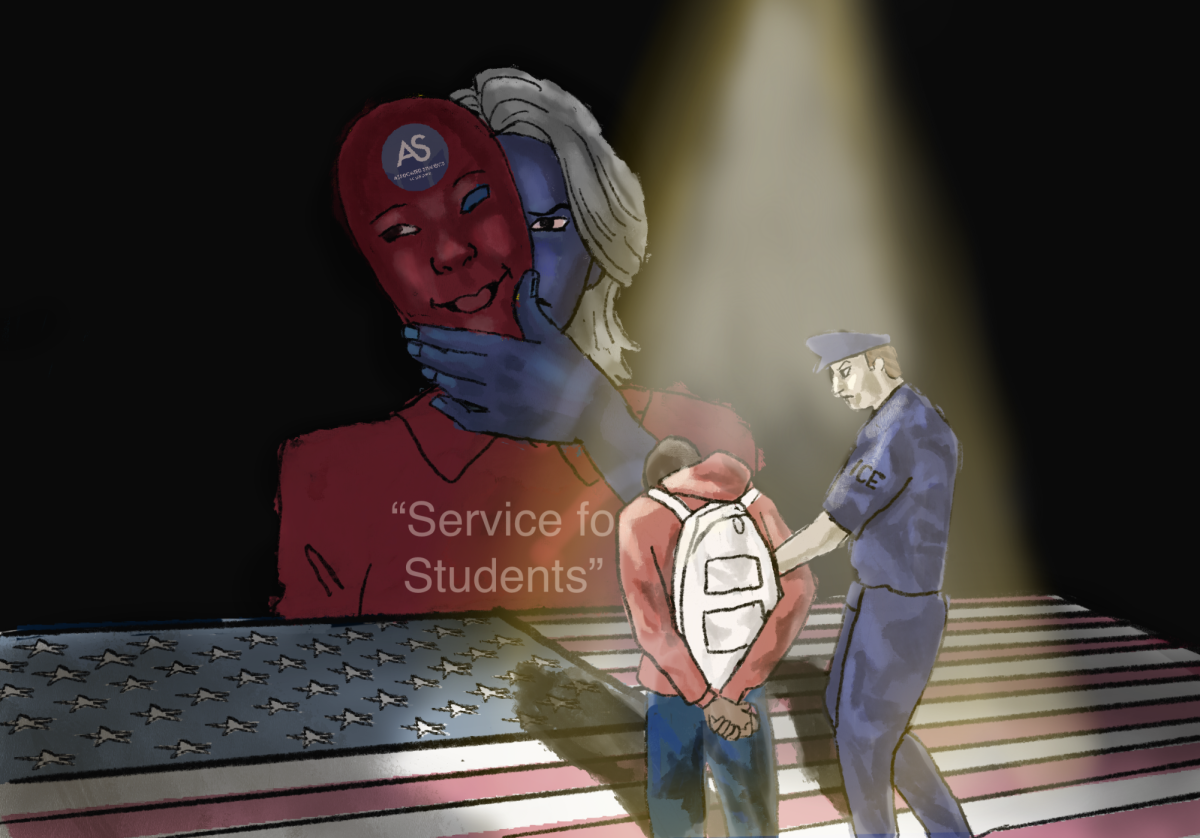

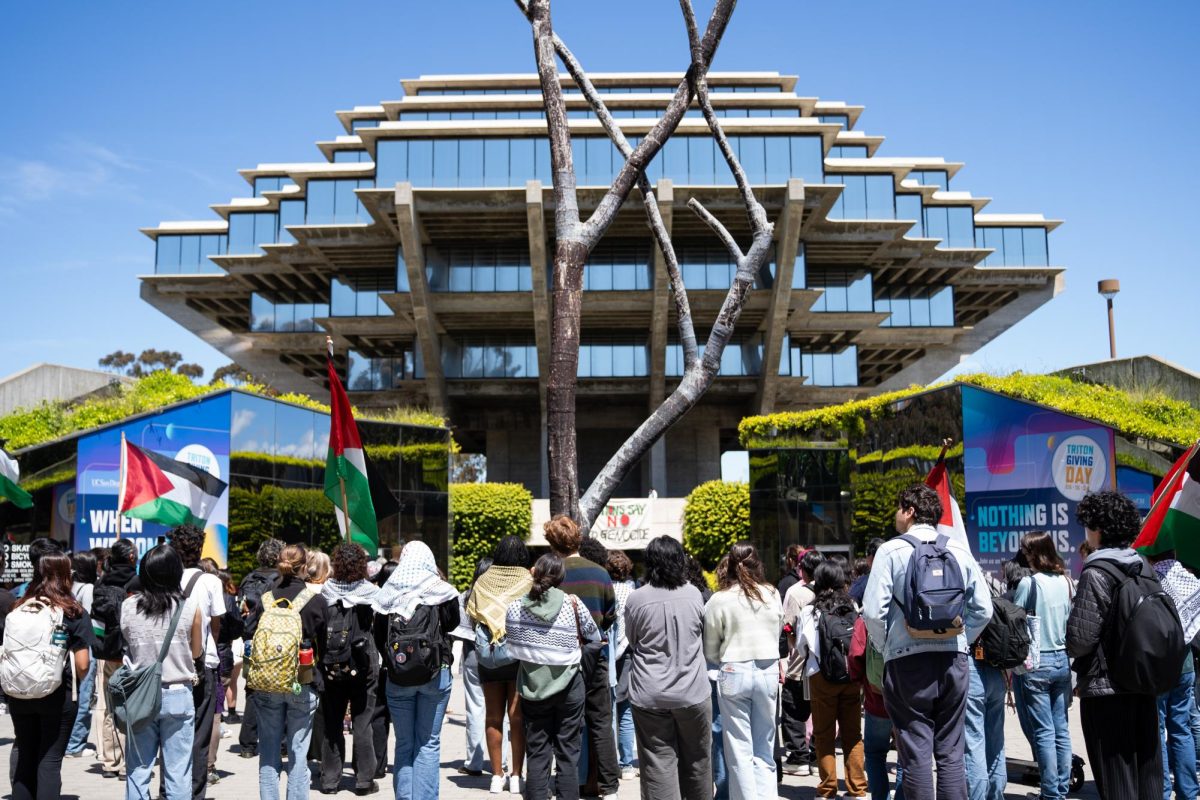




Student • Jan 23, 2020 at 2:16 pm
The author forgot to mention that universities are also research institutions, and they have been since their inception. Building facilities and infrastructure should be encouraged to provide better resources to students and researchers. I don’t understand the criticism.